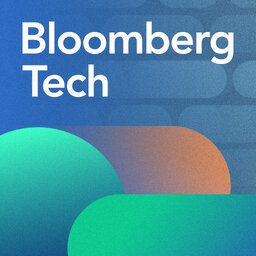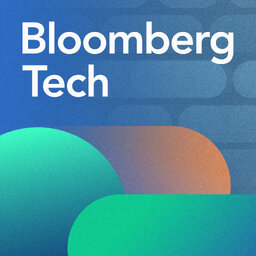OpenAI, Oracle Expand Stargate Project
Bloomberg’s Ed Ludlow discuss OpenAI's deal with Oracle as they search for more compute capacity. Plus, a look at President Donald Trump's tax and spending bill as it nears a successful House vote. And the White House lifts some chip design software curbs on China.
 Bloomberg Tech
Bloomberg Tech


